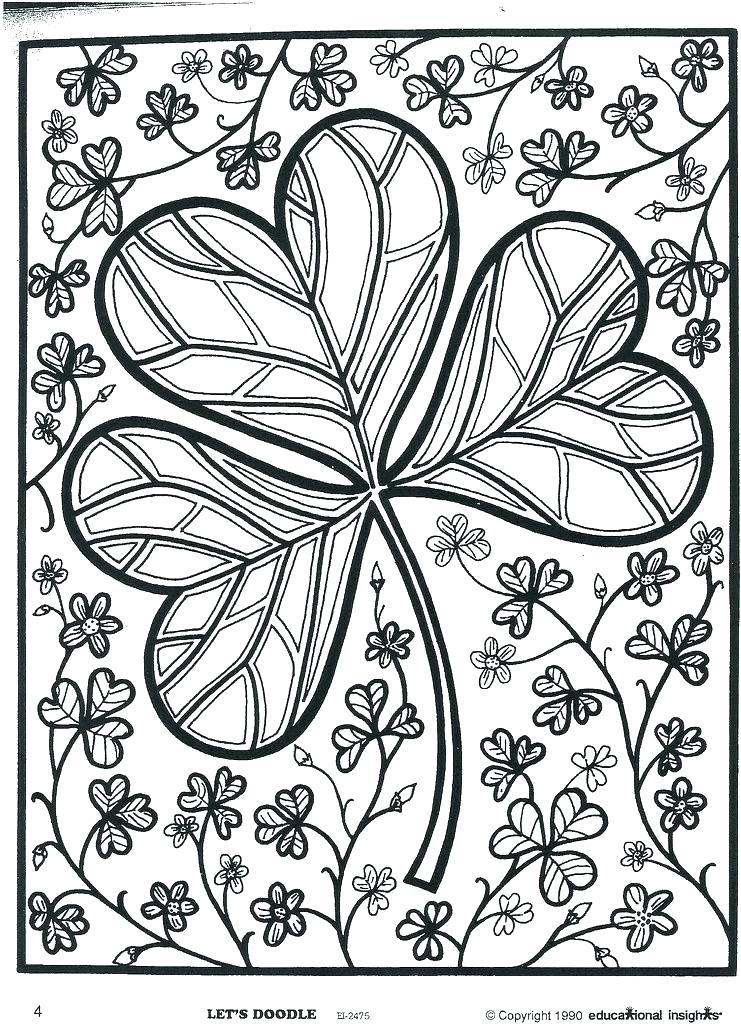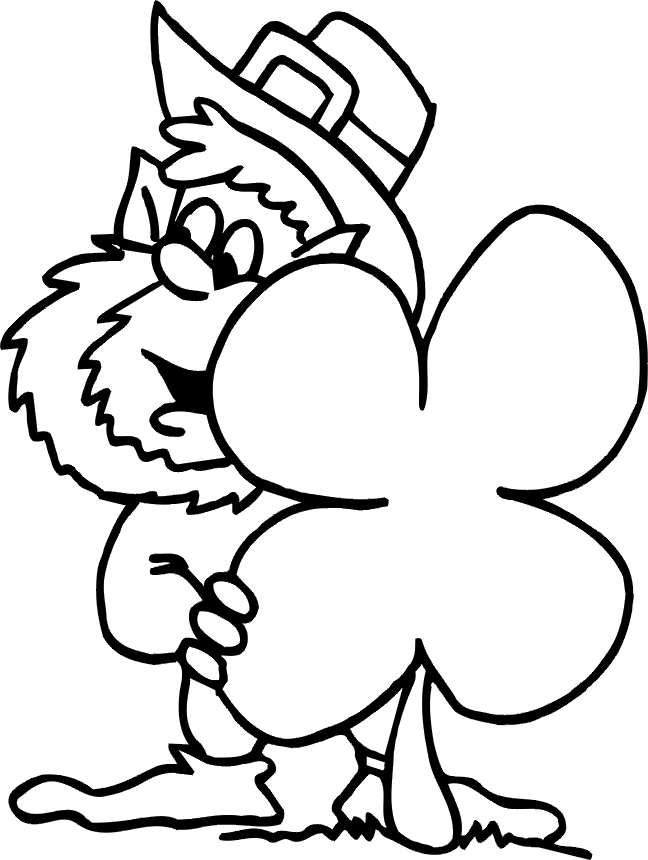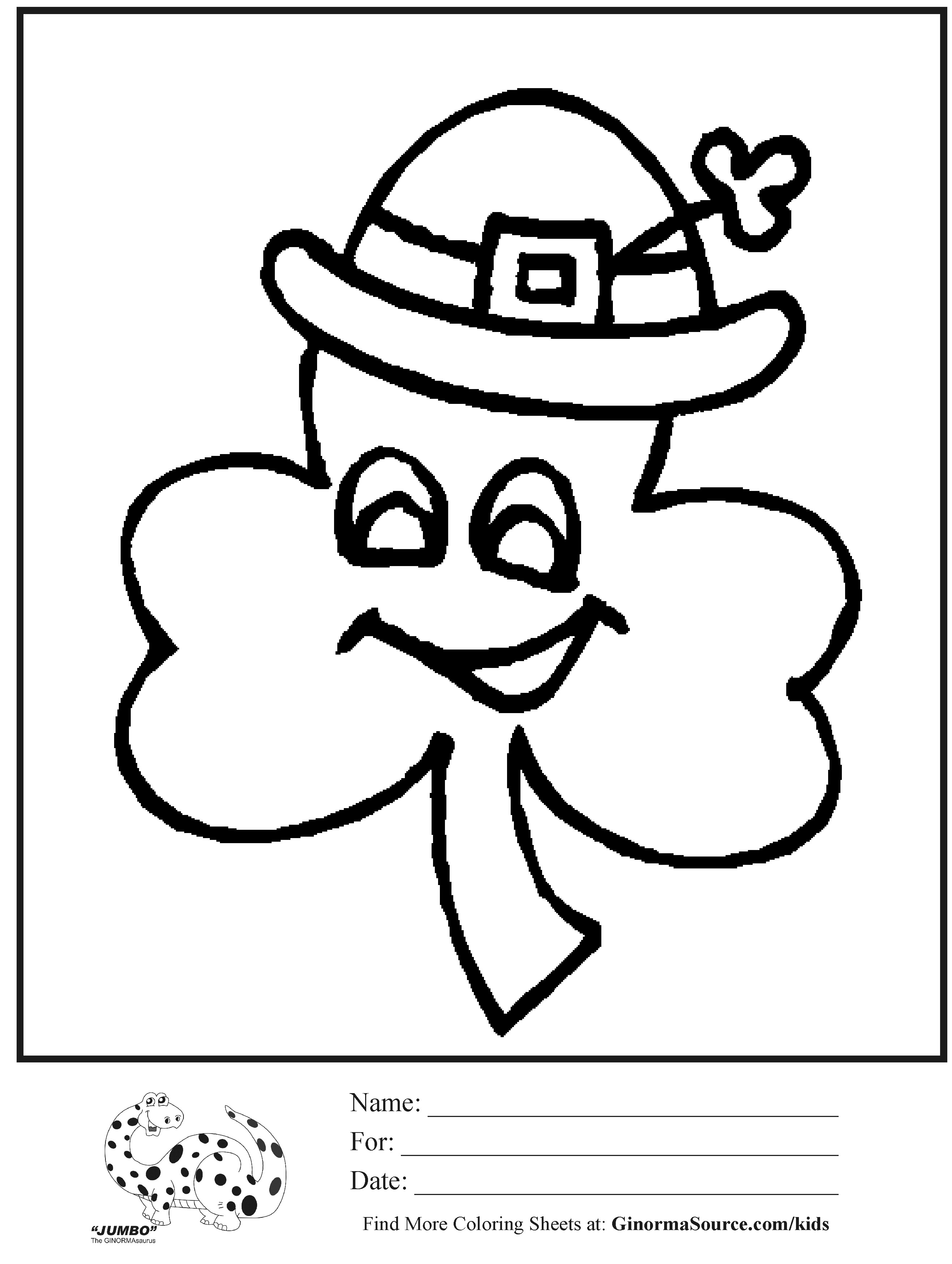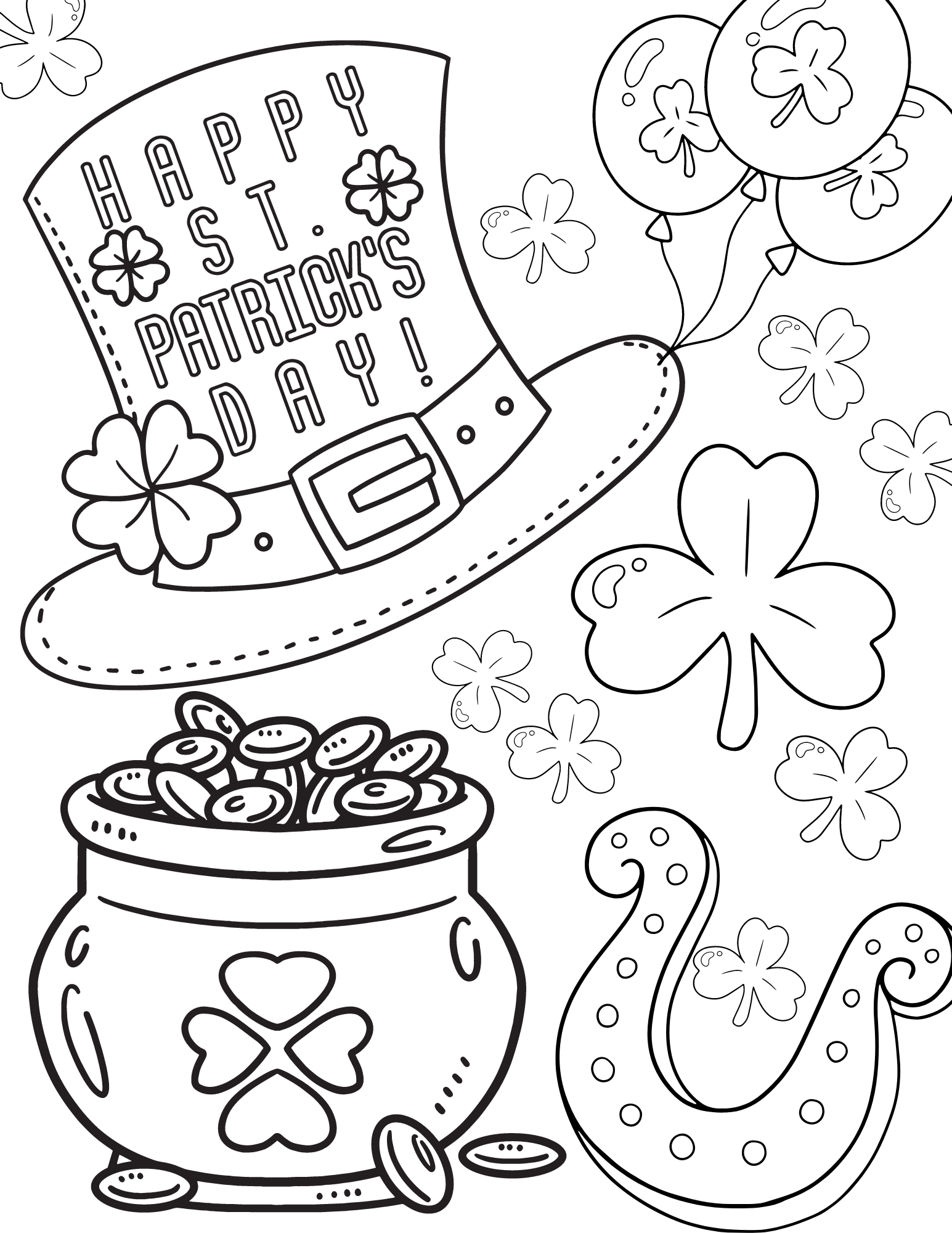Gallery
Photos from events, contest for the best costume, videos from master classes.
 |  |
 |  |
 |  |
 |  |
 |  |
 |  |
To save you scrolling, you’ll find some speedy need-to-knows about the first color associated with St. Patrick’s Day below: 1. Yep, it all began with blue, not green. Although people wear green on St. Patrick’s Day, early depictions of St. Patrick show him clothed in fine blue robes. In fact, in Saul Church, which is on the site where St What was St. Patrick’s original color? Patrick was first represented by the color blue. This 13th-century image of St. Patrick depicts Ireland's patron saint in a blue robe. Why was St. Patrick The colors of St. Patrick’s Day also represent the country’s rich history and heritage, from the ancient Celtic festivals to the modern-day celebrations. In Ireland, the holiday is often seen as a time to connect with one’s heritage and to celebrate the country’s unique culture and traditions. The Evolution of St. Patrick’s Day Colors The Irish government didn’t recognize St. Patrick’s Day as a public holiday until 1903, and the first parade in Dublin wasn’t held until 1931. Even pubs remained closed on March 17 until 1961. What Was St. Patrick’s Day’s Original Color? Before the sea of green flooded every street and city skyline on March 17th, the original color associated with St. Patrick was a shade of light, sky-toned blue—a hue that has come to be called “St. Patrick’s Blue.” The History of St. Patrick’s Day Colors. The colors associated with St. Patrick’s Day have a rich history that dates back to the early Christian era. Saint Patrick, the patron saint of Ireland, used the shamrock, a three-leafed plant, to explain the concept of the Holy Trinity to the pagan Irish people. Boston held its first St. Patrick’s Day parade in 1737, followed by New York City in 1762. Why do we wear green? Although blue was the color traditionally associated with St. Patrick, green is St. Patrick used what to preach about the Holy Trinity? , Historically, what color is disrespectful to wear on St. Patrick's Day? , What was "St. Patrick's" profession before he became an ordained priest? , Who was the Irish priest that persuaded the Catholic Church to make March 17 a feast day for St. Patrick? St. Patrick’s Day usually conjures images of partying, Catholicism, Irish nationalism and, perhaps most famously, the color green: green clothes, green shamrocks, green beer and green rivers. While green is the color most frequently associated with the holiday the other St. Patrick’s colors still have special meanings. As St. Patrick’s Day is a celebration of both Saint Patrick and Ireland, some of the St. Patrick’s Day colors tie directly to the patron saint, while others are more representative of Ireland itself. Description. Celebrate the luck of the Irish with our ‘St. Patrick’s Day Color Palettes’ collection! This vibrant assortment features an array of green hues, complemented by lively golds and soft earth tones that embody the spirit of the holiday. Beyond the Colors: The Spirit of St. Patrick’s Day. While the colors of St. Patrick’s Day hold deep historical and cultural significance, it’s important to remember that the true essence of the holiday lies in its spirit of celebration, community, and cultural pride. Although blue was the color to wear on St. Patrick’s Day in the past, today, everything (from the clothes you wear to the beer you drink) should be green in honor of the patron saint of Ireland The Ultimate Guide to St. Patrick’s Day Colors: What Not to Wear. So, you’re prepping for St. Patrick’s Day and want to avoid a fashion faux pas (or worse, a pinch from a mischievous leprechaun!). The answer, according to tradition and a touch of historical context, is: you should probably avoid wearing orange on St. Patrick’s Day St. Patrick’s Day usually conjures images of partying, Catholicism, Irish nationalism and, perhaps most famously, the color green: green clothes, green shamrocks, green beer and green rivers. When donning this St. Patrick’s Day color, you’re honoring Ireland’s nickname, the Emerald Isle. Emerald green is a bluish-green color that is bright and vivid. Kelly green Use them for festive St. Patrick’s Day photos with family and friends! 10. DIY St. Patrick’s Day Greeting Cards. Use coloring pages or hand-drawn designs to create homemade greeting cards! Fold a piece of cardstock, glue a cut-out shamrock, leprechaun, or rainbow to the front, and write a special message inside. To this day, several sports teams in Ireland wear Saint Patrick’s Blue on their uniforms. Additionally, there are several pieces of artwork depicting Saint Patrick dressed in light blue robes. How Did the Color Associated With Ireland and St. Patrick’s Day Change From Blue to Green? There are a few explanations for the color change in Ireland. Dressing in green on St. Patrick's can trace its roots to leprechaun legends, as well as a sign of Irish defiance. Each year on St. Patrick’s Day, “Its official color was a sky blue The Colors of St. Patrick’s Day: A Symbolic Representation. St. Patrick’s Day is often associated with three primary colors: green, orange, and white. These colors hold significant meaning and are deeply rooted in Irish history and tradition. Green: The Color of Ireland. Green is the most prominent color associated with St. Patrick’s Day
Articles and news, personal stories, interviews with experts.
Photos from events, contest for the best costume, videos from master classes.
 |  |
 |  |
 |  |
 |  |
 |  |
 |  |